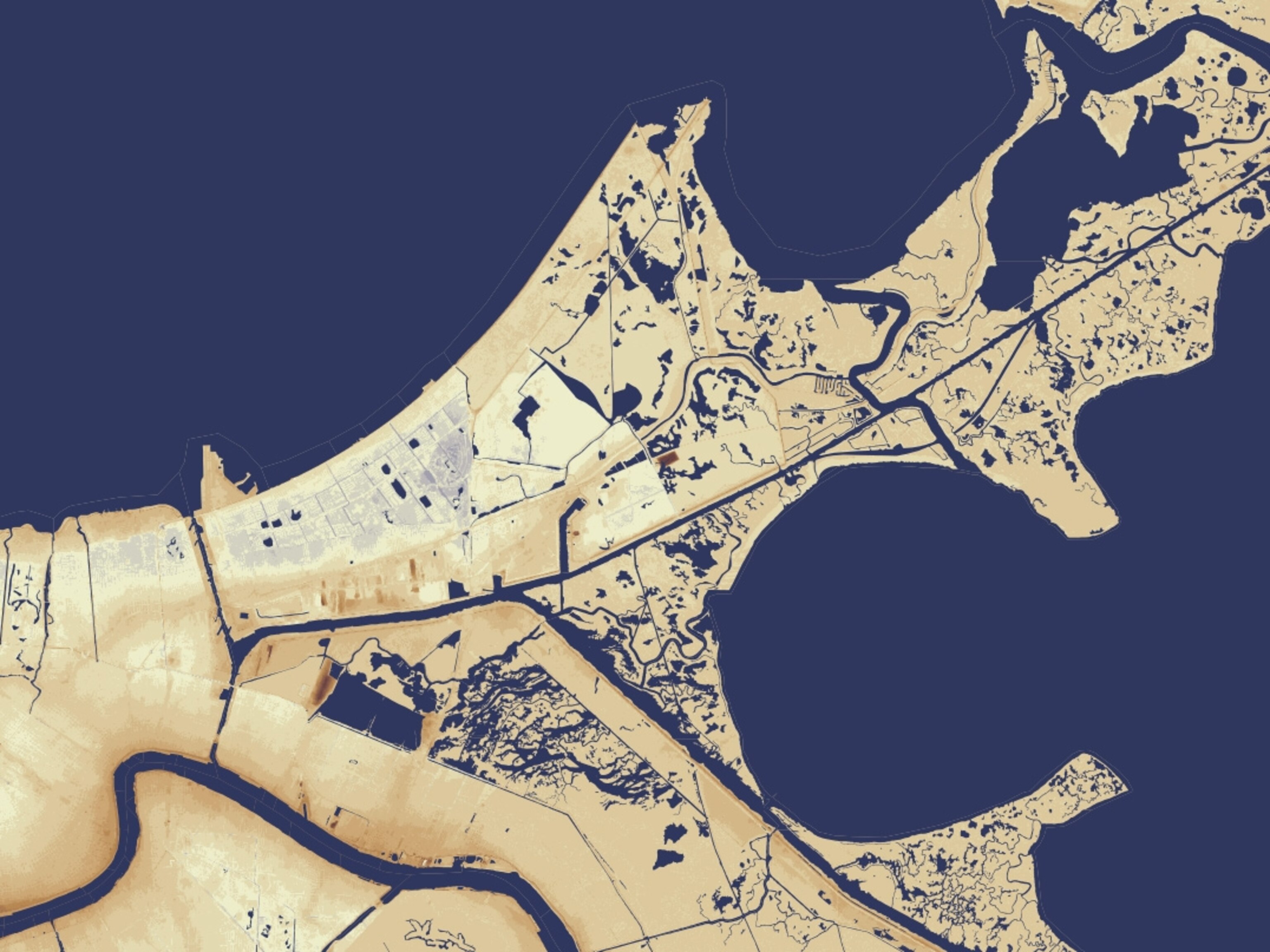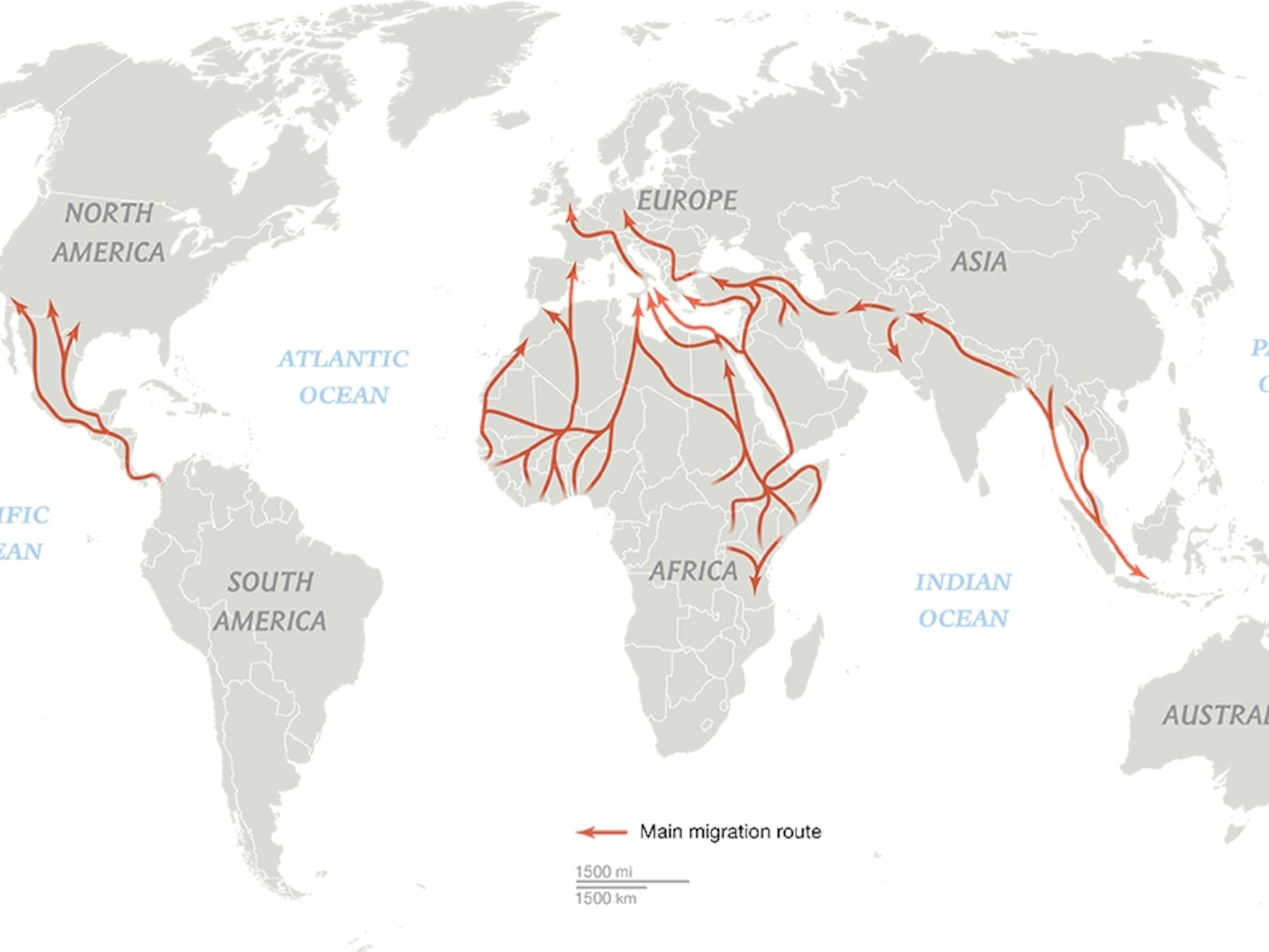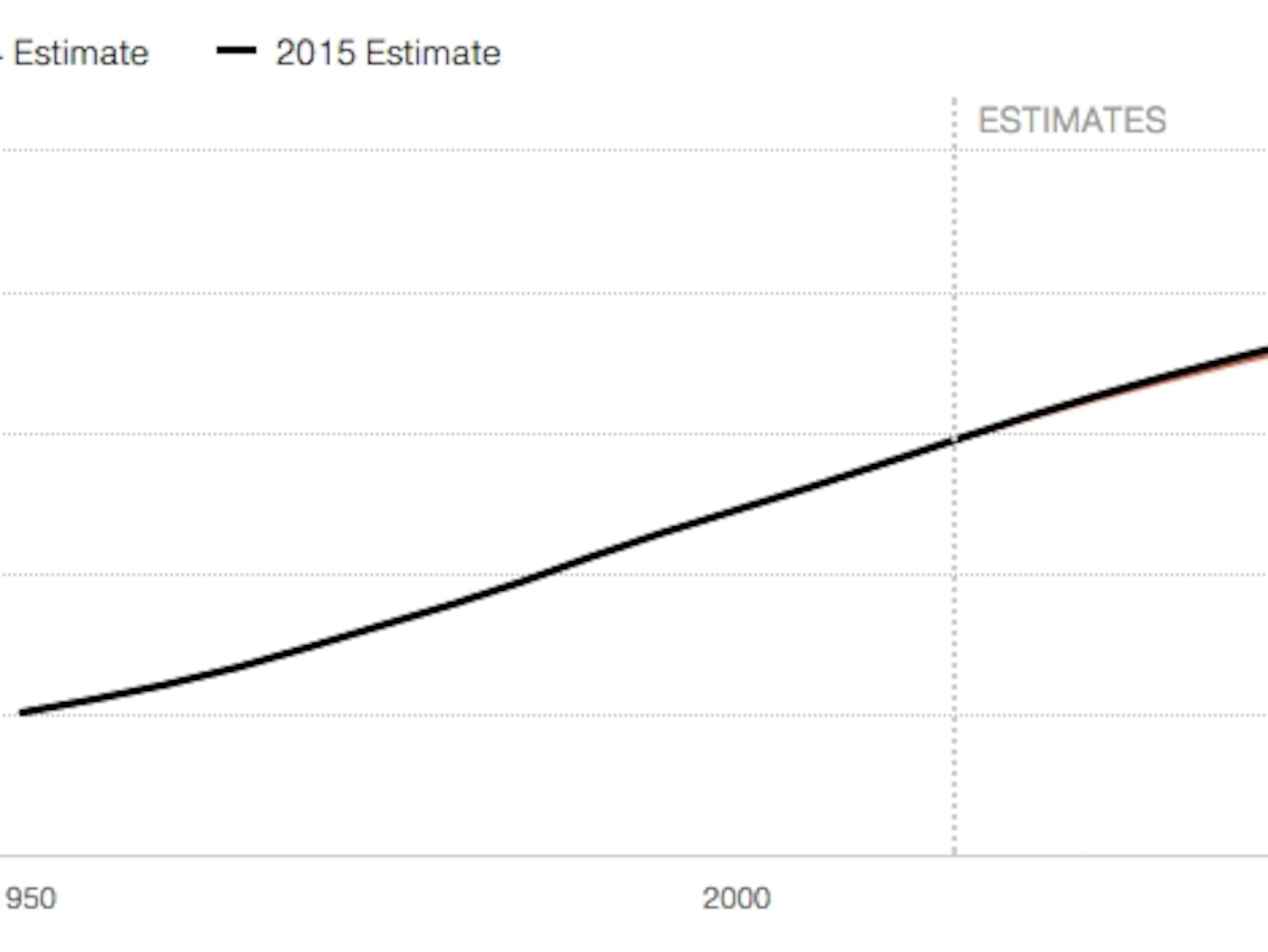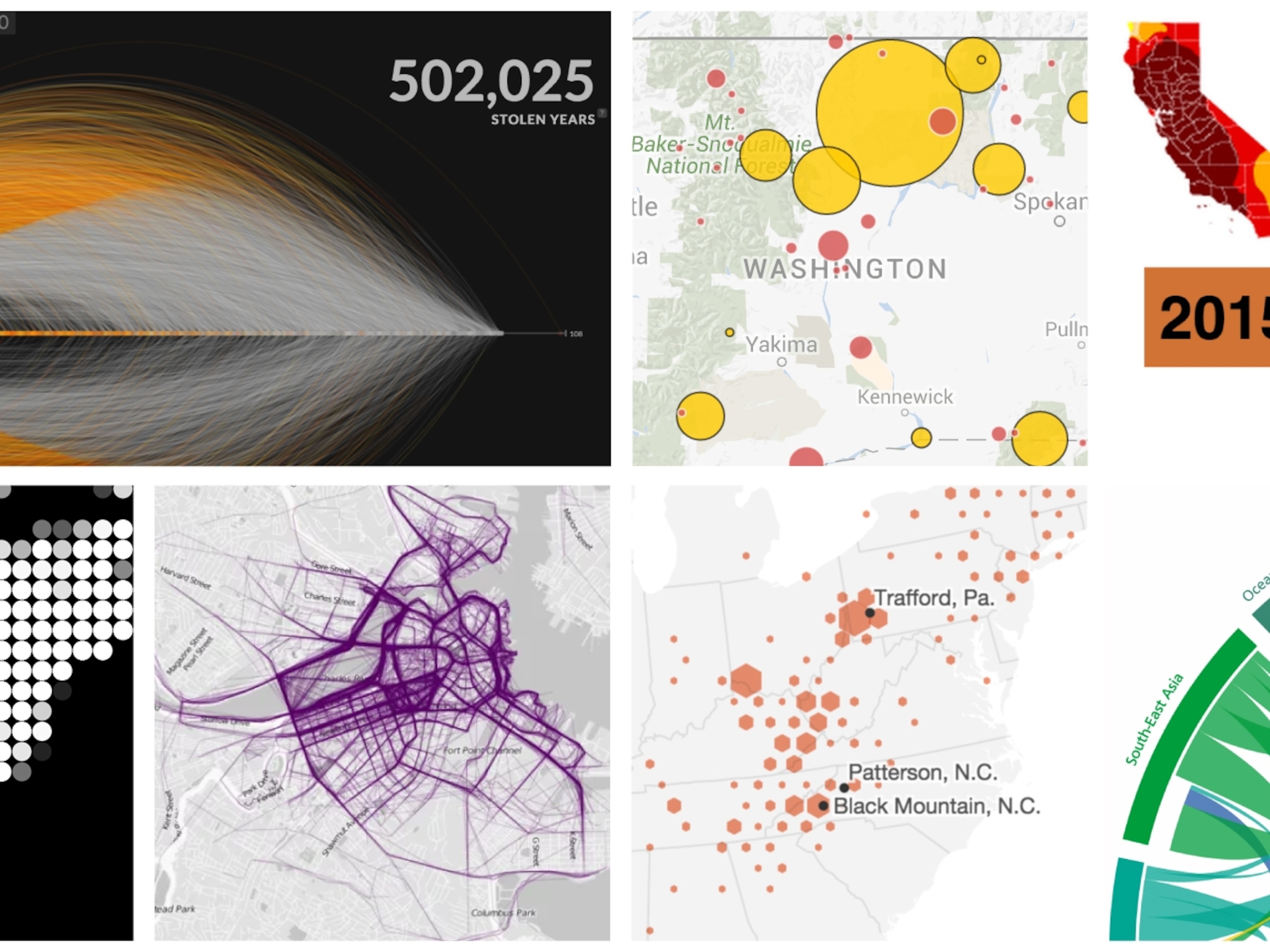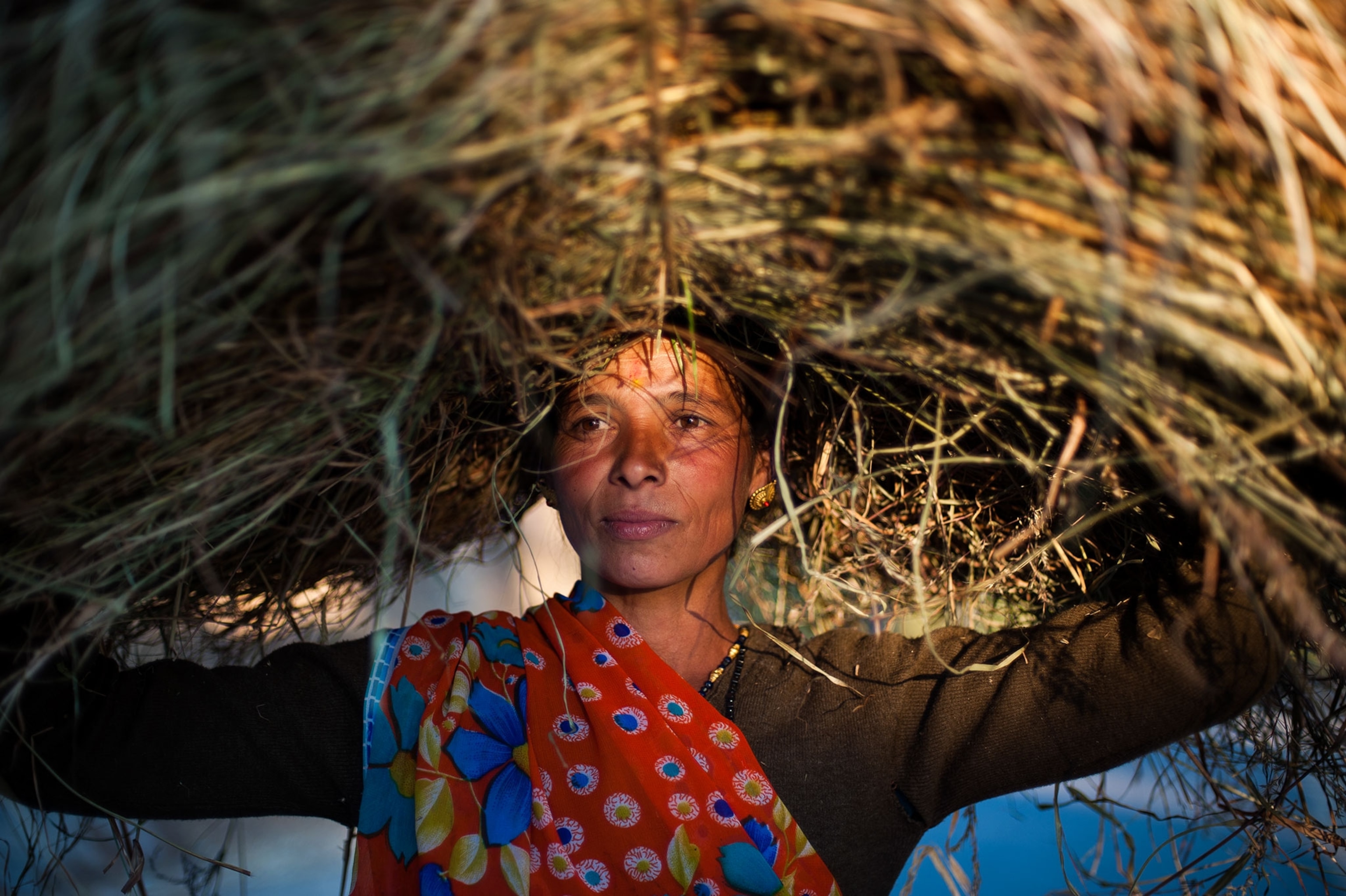
Four Charts That Illustrate The Extent Of World Poverty
A new report details where poverty persists and how social protection programs can help alleviate it.
The share of people living in poverty around the world has dropped in the past three decades, but over a quarter of the world’s population still doesn’t earn enough to have reliable access to food. And a billion people are extremely poor, earning less than $1.25 a day.
That’s according to the United Nations’ Food and Agriculture Organization’s (FAO) 2015 State of Food and Agriculture report. The report finds marked improvements in some areas—including parts of Asia, where urbanization and economic growth have been significant in recent decades. But it also shows that poverty persists across the developing world, and sub-Saharan Africa, where almost half the population is extremely poor, continues to struggle.
The report also stresses the need to develop assistance programs for the poor that improve agricultural productivity.
These programs are especially important in places where accidents, deaths, or shifts in business can bring havoc to personal finances, and where, according to the report, “The poor become trapped in vicious circles of hunger, poor nutrition, ill health, low productivity, and poverty.”
Protection and Assistance Programs Show Progress
Some gains in reducing poverty and hunger have been made through social protection programs. The report highlights three main types of programs: social assistance, social insurance, and labor market protection. These programs are targeted at the most vulnerable people—orphans, the elderly, families with young children, and the poor. Currently, about 2.1 billion people in the developing world receive a form of social protection.
Publicly provided financial assistance programs are the most widely implemented form of support. Known officially as social assistance programs, they include cash payments that recipients usually don’t have to pay back, in-kind transfers like free school meals, and public works employment programs.
More money coming into the home allows people to buy more food and prevents stunted growth and the chance of illness, the report finds. “Social assistance is about helping households consume more food, plan without a threat to their survival hanging over their head, and making them more resilient to shocks when they do happen so that they can avoid negative risk coping strategies,” says FAO economist André Croppenstedt, a main contributor to the report.
“Social assistance is about helping households consume more food, plan without a threat to their survival hanging over their head, and making them more resilient to shocks when they do happen so that they can avoid negative risk coping strategies”FAO economist André Croppenstedt
When the poor go through income shocks such as the death of a working family member or a bad harvest, it can cause major setbacks. That can lead to a decrease in food security or a child being pulled out of school due to costs.
Targeting Rural Areas
The Zambia Child Grant program is one example of successful social assistance. In areas with the highest rates of extreme poverty and child mortality, the program gives money to households with children under five years old. This measure has improved food security throughout the country, since beneficiaries have expanded agricultural production on their lands.
Targeting rural areas for social protections is strategic, since most of the world’s poor live in rural areas where a majority of people work in agriculture. The poor rely on agriculture for their livelihoods and spend a large portion of their incomes on food, says Croppenstedt. That’s why investing in agriculture is key to addressing poverty and hunger.
Other economic growth spurs agricultural development, too, Croppenstedt says. As incomes and food demand rise in rapidly growing cities, so too does agricultural productivity. More infrastructure investments in rural areas help improve output too.
Additional public works programs can also help fill in employment gaps in rural areas during the off season, when farms aren’t generating income. In India, the Mahatma Gandhi National Rural Employment Guarantee Act—the world’s largest anti-poverty program—allows adults from rural households to do unskilled manual work for up to 100 days a year. In 2011 it put people from 55 million rural households to work.
Helping Women
Targeting women for social protection leads to more food security and healthier children, the report says. Women make up a large share of the agricultural labor force, so investing in them is crucial to alleviating rural poverty. Women also tend to spend more on their children’s education, health, and food. Having healthy, productive children can help break the poverty cycle.
According to Croppenstedt, poor and vulnerable women are the main beneficiaries of cash assistance programs. “Women are targeted because they typically bear the bulk of household chores, food preparation and responsibility for taking care of children, the sick and the elderly,” he says.
Social protection programs also allow women to invest in themselves. That might mean starting a microbusiness, buying new farm equipment, or investing in their own education.
Intervening with assistance programs doesn’t create dependency or reduce work effort though, says Croppenstedt. Empirical evidence points to how poor households largely use the money to improve the quantity and quality of their food consumption. Measures like this can improve livelihoods and increase productivity overall.
Follow Kelsey Nowakowski on Twitter

